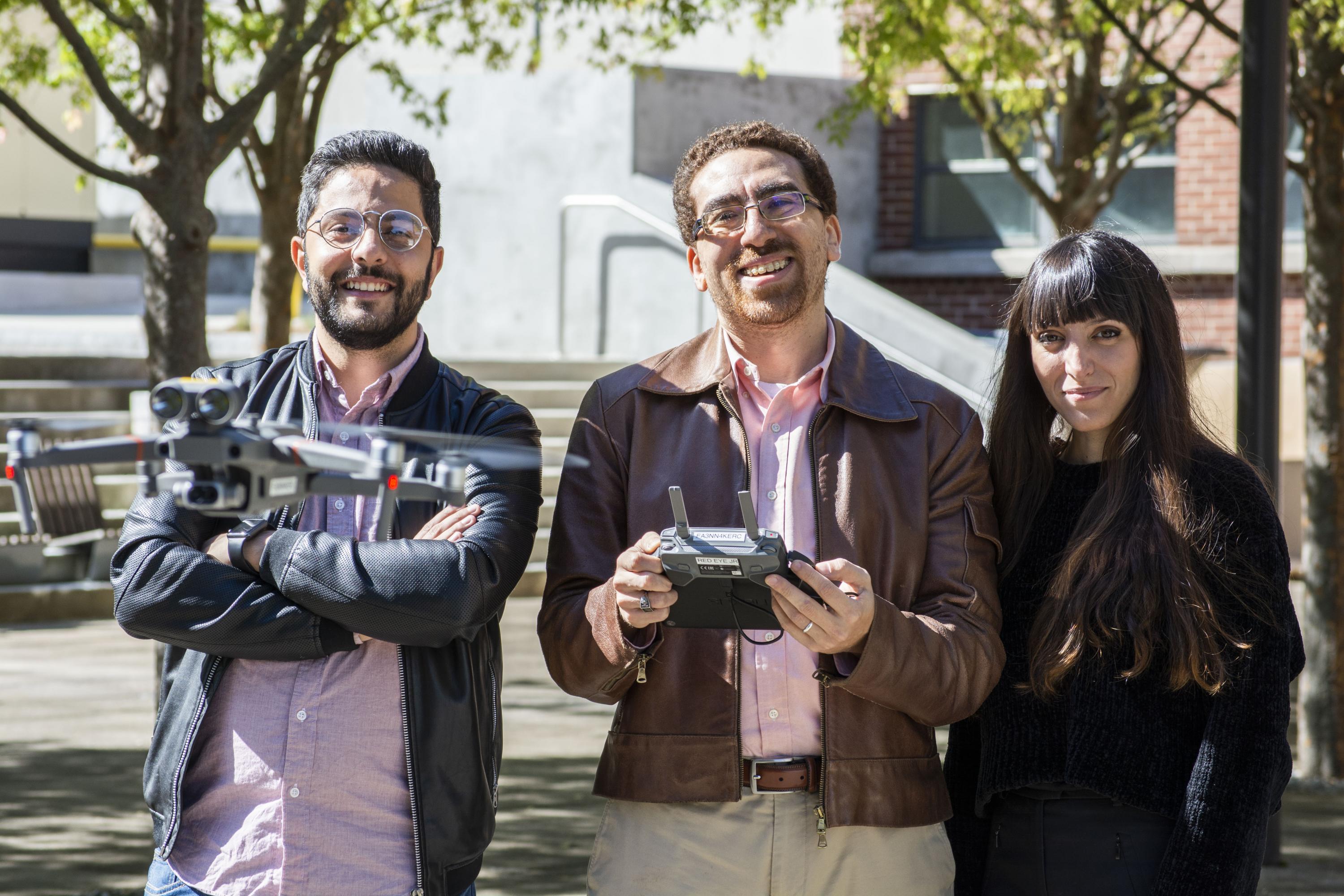
Research team led by assistant professor, Tarek Rahka, in the Georgia Tech School of Architecture is awarded $1.4M in research funding by the U.S. Department of Energy (DOE), Office of Energy Efficiency and Renewable Energy (EERE), Building Technologies Office (BTO) under the Building Energy Efficiency Frontiers & Innovation Technologies (BENEFIT) program.
Body
A research team led by assistant professor Tarek Rakha at the Georgia Tech School of Architecture has been awarded $1.4M in research funding (in addition to $370K cost share commitment) by the U.S. Department of Energy (DOE), Office of Energy Efficiency and Renewable Energy (EERE), Building Technologies Office (BTO) under the Building Energy Efficiency Frontiers & Innovation Technologies (BENEFIT) program. BTO is investing in early-stage research and development for advanced building technologies and systems that will serve as a foundation for future reductions in building energy consumption.
More than half of all U.S. commercial buildings were built before 1970 and are inefficient relative to newer buildings. To address the inefficiency of this older stock, retrofit programs rely on on-site auditing to collect information about buildings’ envelope, lighting, and heating, ventilation, and air conditioning (HVAC) systems on physics-based, whole-building energy modeling to identify and diagnose specific inefficiencies in these systems and to design and optimize energy-efficiency measure packages that address them.
Envelopes and windows account for over 50% of energy loads in buildings, but collecting detailed and actionable information about them is challenging. A primary challenge is the difficulty in accessing building exteriors above the first or second story. Using humans to perform this inspection is time-consuming, costly, dangerous, and error prone.
The research team is addressing this challenge in a three-year project called Aerial Intelligence for Retrofit Building Energy Modeling (AirBEM). AirBEM will complement human auditing of building interiors with the use of Unmanned Aerial Vehicles (UAVs or drones) equipped with infrared sensors and onboard processors to audit the exterior envelope. The drones will use Computer Vision (CV) techniques to detect both materials and heat transfer anomalies which suggest construction defects such as air leaks.
“The aspiration for this work is to profoundly inform building retrofit design by radically enhancing the methods and modes of envelope audits,” said Tarek Rakha, who serves as Principle Investigator (PI) for the project. “We want to allow auditors to move past a small number of single-frame images for inspection; we want to enable retrofits to address specific building envelope issues, and want to develop 3D models that designers can interact with when developing retrofit plans.”
Research, Development, and Demonstration (RD&D) will be led by Georgia Tech as the prime recipient with academic partners including, associate professor Senem Velipasalar and associate professor Ed Bogucz from the College of Engineering and Computer Science at Syracuse University, and professor John Fernández from the School of Architecture and Planning at Massachusetts Institute of Technology (MIT). Sandeep Ahuja from Pattern R+D software developers will serve as industry partner. RD&D conducted with DOE funding will advance AirBEM from a preliminary proof-of-concept to develop a transformational cyber-physical system that automates diagnostic capabilities of the UAV platform.
